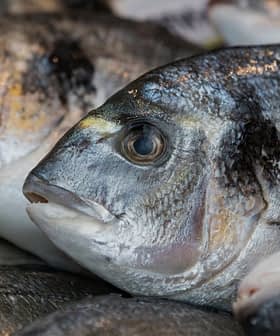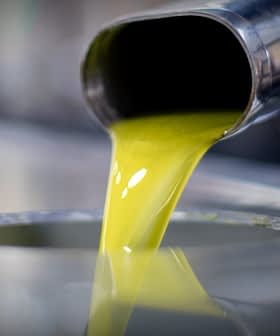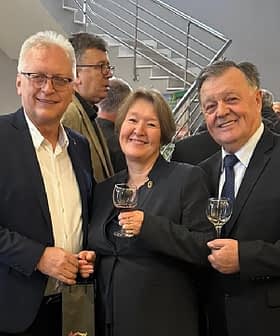IOC Seeks New Method to Measure Extra Virgin Olive Oil Phenolics
The IOC has requested new testing methods to quantify phenolic compounds in olive oils for nutritional labeling claims, in response to the inadequacy of current methods. The development of a new NMR method by Dr. Prokopios Magiatis at the University of Athens has shown promise in accurately measuring individual phenolic compounds, but it will take time before this method is officially approved by the IOC for labeling purposes.
The IOC has put out a request for proposals to define new testing methods for the “quantification of phenolic compounds content in olive oils for nutritional labelling claims.”
This a watershed moment for high-phenolicextra virgin olive oil marketing. The IOC has finally admitted that the current official testing methods are not able to accurately measure individual phenolic compounds. The catalyst for this conclusion was the new labeling regulation 432/2012 which came into effect in November, 2012.
For more than a year this reporter has been writing about this regulation and attempted to get some clarification from the EFSA and EU on how this new labeling regulation would be implemented. I have sought answers from Greek government officials and, specifically, the office of Afthanasios Tsaftaris, the Minister of Rural Development and Food at the time (Mr. Tsaftaris had already declared this labeling regulation would be of great benefit for Greek olive oil).
The amount and the specific phenolic compounds that must be present in olive oil to make the health claim were finally spelled out: “Olive oil polyphenols contribute to the protection of blood lipids from oxidative stress,” and “the claim may be used only for olive oil which contains at least 5 mg of hydroxytyrosol and its derivatives (e.g. oleuropein complex and tyrosol) per 20 g of olive oil.”
Everyone expected to begin testing their olive oil and, those who qualified, to place the health claim on their bottle labels. However, olive growers here in Greece could not get a straight answer from EFET (Hellenic Food Authority) on which phenolic compounds to measure and which testing method to use.
Coincidentally, a new method to accurately measure individual phenolic compounds was developed at the University of Athens by Dr. Prokopios Magiatis using Nuclear Magnetic Resonance (NMR). A number of members of the Greek Parliament asked a question to the Minister if oleocanthal and oleacein — two phenolic compounds found in abundance in Greekextra virgin olive oil — could be measured in order to qualify for the health claim. Minister Tsaftaris stunned the olive growers and the scientific community by declaring that oleocanthal and oleacein could not be included because they were not specifically mentioned in the regulation.
If someone had no idea of chemistry, this answer would have seemed quite reasonable. Tsaftaris is a scientist and has access to chemists who could have given him a list of the known derivatives of hydroxytyrosol, of which there are many. Unfortunately, this incident was not the only one that generated abundant criticism and Mr. Tsaftaris was replaced as minister a few months later.
Dr. María-Isabel Covas, who conducted the EUROLIVE human study on whose results this regulation was based, told Olive Oil Times, the “EFSA claim refers to hydroxytyrosol and derivatives (including tyrosol). Hydroxytyrosol and tyrosol are present in olive oil as free forms but mainly as conjugates (i. e. oleuropein and ligstrosides). Thus all forms (free and conjugates) in which tyrosol and hydroxytyrosol are present must be measured.”
The NDA panel, comprised mostly of epidemiologists and nutritionists that recommended acceptance of the health claim in the first place, did not seem to understand the complexity of measuring specific phenolic compounds. Consequently the regulation was written in such a way that it created confusion. “Which specific phenolic compounds should be measured in order to comply?”
The only method available today to quickly and accurately measure individual phenolic compounds is the NMR method.
The EU created a regulation that could not be implemented by using the official testing methods available at the time. It will take at least another year before the NMR method can be approved as an official IOC accepted method for measuring specific phenolic compounds in EVOO, or at least be used to calibrate existing methods such as HPLC to increase their accuracy.
In the meantime some olive growers who had theirextra virgin olive oil tested by NMR, and received good results, say they have been able to sell at higher prices, even without the claim on their label.
The economic benefit gained by a precise measurement of individual phenolic compounds inextra virgin olive oil has already been proven in the marketplace. Unfortunately they must wait a bit longer for the IOC to make their final ruling and officially sanction a phenolic measuring method for labeling purposes.









